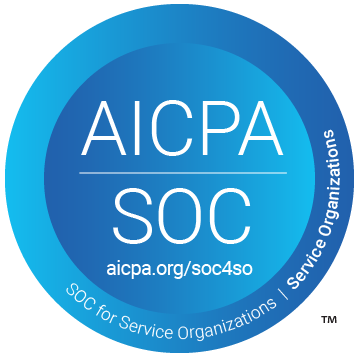Managing Medicare Direct Contracting and Patient Care
The Medicare Direct Contracting program was developed to address the continuing vision of improving healthcare payment and service delivery models. Aimed to improve patient care, lower health costs, and align payment systems for improved patient-based practices, the Medicare Direct Contracting program is the latest healthcare system prototype built upon years of innovative healthcare program models such as Accountable Care Organizations (ACOs).

What Makes Medicare Direct Contracting Different?
Known as Direct Contracting Entities (DCEs), organizations formed under the Medicare Direct Contracting payment model are often comprised of healthcare professionals targeting improved quality, cost, and experience of patient care management through better coordination of care. Program enhancements, case management, and claims processing are expected to provide better health population management while maintaining original Medicare benefits for traditional fee-for-service (FFS) beneficiaries.
Compared to other programs and initiatives, the DCE model focuses more on patient outcomes and beneficiary experience. As a result, the DCE model is structured to
strengthen the patient-provider relationship by empowering Medicare beneficiaries to select preferred healthcare providers. Healthcare providers under this program tend to focus more on the overall health outcomes and patient relationships, increasing the general well-being of the entire health population.
Potential But Crucial Direct Contracting Blindspot
Since the DCE program is geared towards patient-centered care and value-based care, work processes are not always the main priority for healthcare organizations under this model. Case management is one of the biggest challenges when it comes to providing better patient care experiences, along with claims processing and care coordination.
Patient case management is an integral part of improved population health, and providers can be blindsided by this crucial work process. Care coordinators will have their work cut out for them if patient case management remains ignored and unresolved. This can cause unexpected and unwanted delays in the delivery of care, costing health outcomes, and reducing organizational returns.
As healthcare providers shift towards DCE programs as alternatives to other Medicare payment models, the need for systems that can manage updated patient information, care plans, and quality reporting increases. The DCE program requires providers to
take on more risks and responsibilities, which in turn demand more accurate actionable information to provide the optimal patient care experience. The ultimate success of a DCE largely depends on the procedural administrative backbone required to alleviate workflow processes that allow providers more time to focus on patient outcomes.

Improve Direct Contracting Practices with Better Patient Management Systems
With improved healthcare programs come enhanced systems. DCEs are in one of the most enviable positions to affect population healthcare management due to their multiple model upgrades. To further refine the patient care experience, artificial intelligence (AI) is vital to DCE operations such as updated patient information, case management, and claims processing.
AI systems not only enhance work processes but also provide predictive analytics that prepares healthcare organizations like DCE for potential issues and opportunities. Supporting this initiative,
MedVision developed the DCE-OS, an intuitive healthcare solution with interoperability functions that
streamline patient case management from start to finish, among other vital healthcare processes.
Case management capabilities found in DCE-OS provide DCEs with strong patient handling capacities, effective coordination of care, and data retrieval of updated patient records, all securely encrypted with HIPAA-compliant safety protocols. With interoperability functionalities that allow DCEs to structure provider contracts, rates, and codes, DCE-OS leverages technology to consolidate multiple administrative tasks into one single module.
Explore Related Blogs
Recently published articles
Keep in touch
Subscribe to get the latest update
Trending topics
Share your insights on social media
Upcoming events and company news


















